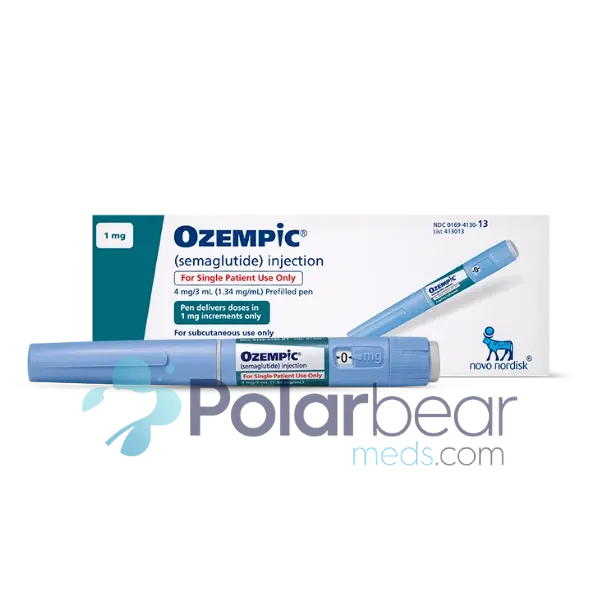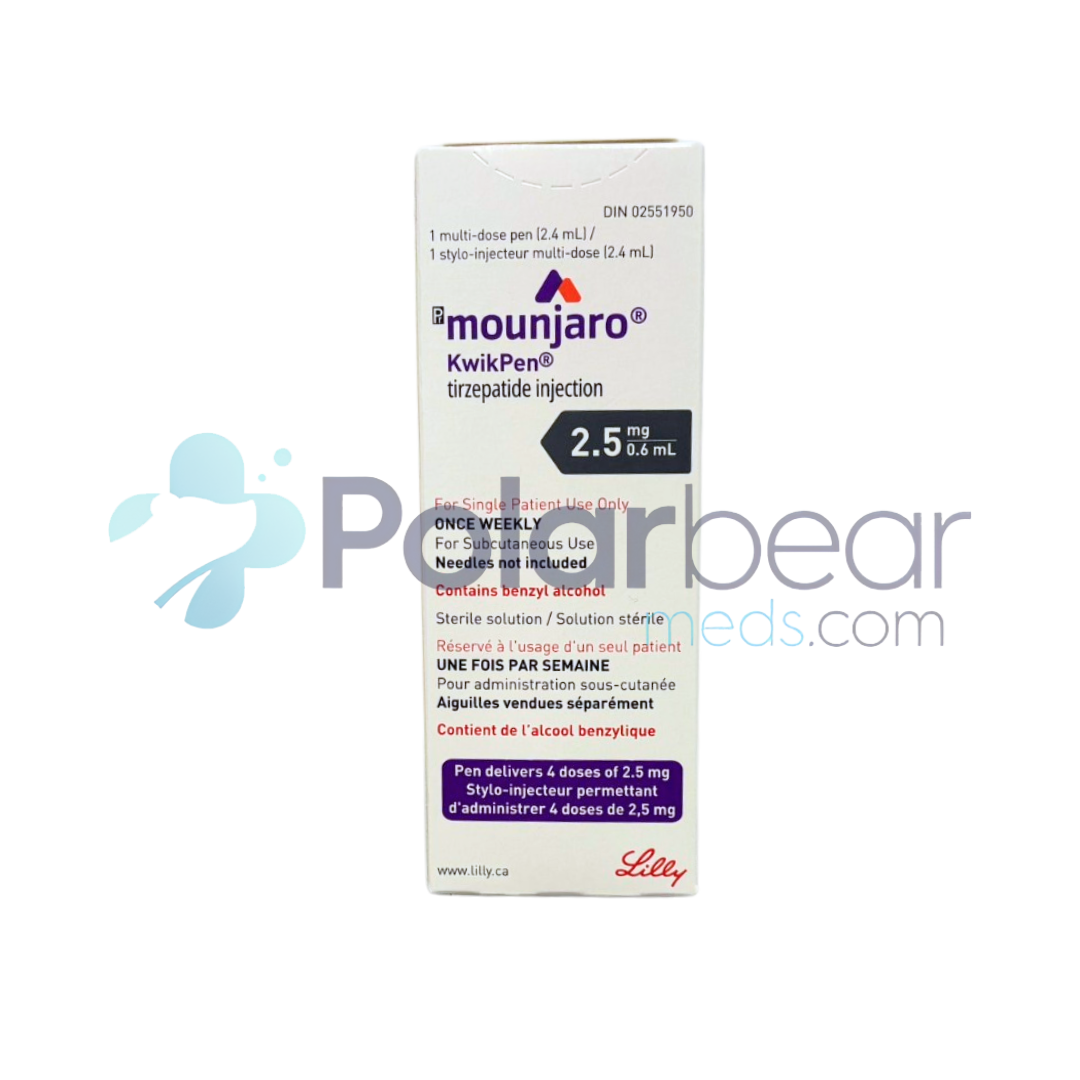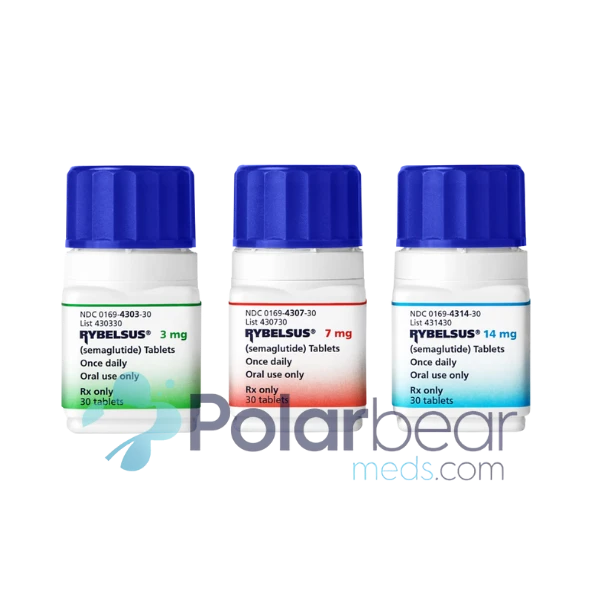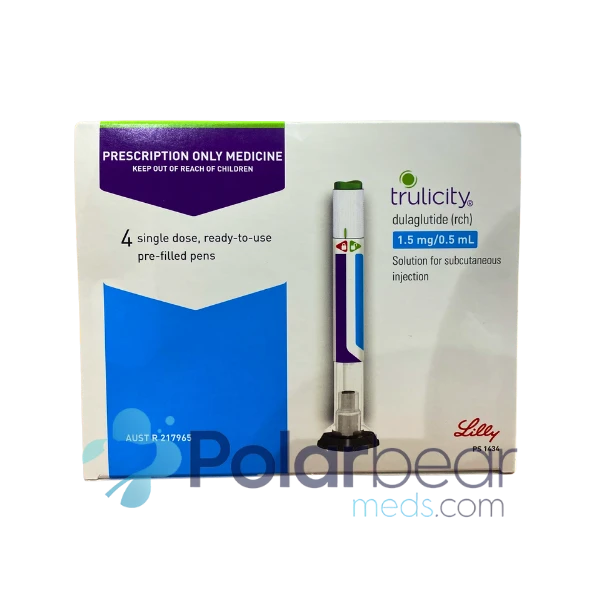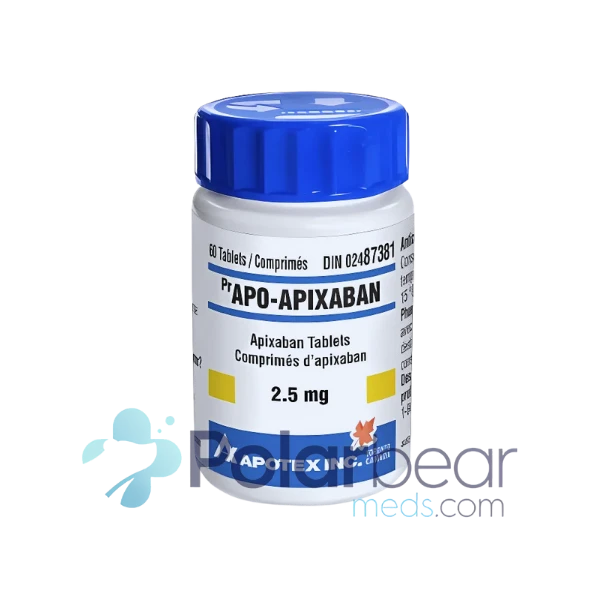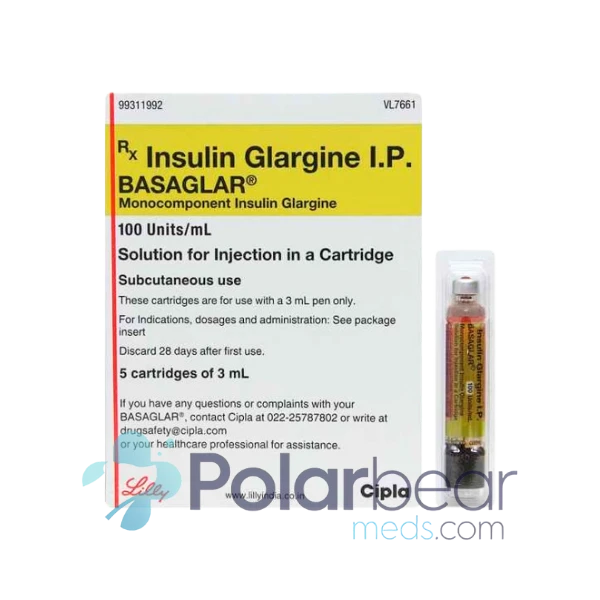
Rifaximin (Xifaxan) Dosage, Uses & Side Effects: A Comprehensive Guide
HOME | DIABETES NUTRITION | XIFAXAN USES, DOSAGE & SIDE EFFECTS: A COMPREHENSIVE GUIDE
This comprehensive guide provides detailed information on the medication Xifaxan. It covers its uses, dosage, and potential side effects, focusing on its effectiveness in managing gastrointestinal conditions like traveler’s diarrhea and irritable bowel syndrome with diarrhea. The guide outlines recommended dosages for different conditions and highlights important safety information, including potential side effects and drug interactions.
It aims to facilitate informed decision-making and enhance awareness of Xifaxan’s therapeutic benefits and associated risks. Whether you are currently taking Xifaxan or considering it as a treatment option, this guide will help you make well-informed decisions about your healthcare.
Key Takeaways
- Xifaxan is prescribed for gastrointestinal conditions such as traveler’s diarrhea, irritable bowel syndrome with diarrhea, and hepatic encephalopathy.
- The recommended dosage for traveler’s diarrhea is 200 mg orally three times a day for 3 days.
- The recommended dosage for hepatic encephalopathy is 550 mg orally twice a day for two weeks.
- It is important to take Xifaxan exactly as prescribed by your doctor and complete the full course of treatment to ensure optimal outcomes and minimize risks.
Xifaxan Uses
Xifaxan is a medication prescribed for gastrointestinal conditions like traveler’s diarrhea and irritable bowel syndrome with diarrhea.
It contains rifaximin, an antibiotic that treats bacterial infections in the intestines.
Xifaxan works by inhibiting bacterial growth, reducing inflammation, and improving symptoms such as diarrhea.
It is also used for hepatic encephalopathy, a condition affecting brain function in people with liver disease.
Dosage varies based on the condition being treated.
For example, the recommended dosage for irritable bowel syndrome with diarrhea is 550mg orally three times a day for 14 days.
Now, let’s discuss the recommended dosage for traveler’s diarrhea.
Xifaxan Recommended Dosage for Traveler’s Diarrhea
The recommended dosage for traveler’s diarrhea treated with Xifaxan is 200 mg orally three times a day for 3 days. Patients should take one 200 mg tablet of Xifaxan three times a day, with or without food. Xifaxan is specifically indicated for the treatment of traveler’s diarrhea and should be taken as directed by a healthcare professional. If symptoms persist or recur, patients can be retreated with the same dosage regimen.
It is important to take this medicine at the same times each day to maintain consistent levels of the medication in the body. If a dose is missed, it should be taken as soon as possible, unless it is almost time for the next dose. Patients should discuss possible drug interactions with a healthcare professional to ensure the safe and effective use of Xifaxan.
| Dosage | 200 mg orally three times a day for 3 days |
| Timing | Take this medicine at the same times each day |
| Retreatment | Patients with traveler’s diarrhea can be retreated with the same dosage regimen if symptoms recur |
| Missed Dose | If a dose is missed, take it as soon as possible, unless it is almost time for the next dose |
| Drug Interactions | Discuss possible drug interactions with a healthcare professional |
Xifaxan Recommended Dosage for Hepatic Encephalopathy
Xifaxan Dosage for Hepatic Encephalopathy
- Dosage: 550 mg of Xifaxan orally twice a day
- Duration: Two weeks, not as a continuous daily medication
- Recurrence: Xifaxan can be repeated up to two times
- Administration: Take Xifaxan with or without food, as directed by healthcare professional
- Compliance: Follow prescribed dosage and treatment duration to effectively prevent Hepatic Encephalopathy
- Side Effects: Promptly report any side effects to doctor or healthcare professional
- Severe Reactions: Seek immediate medical attention for severe side effects or allergic reactions
- Other Medications: Inform doctor about any other medications, including rifampin
- Reporting: Report any adverse effects to the FDA at www.fda.gov/medwatch.
Recommended Xifaxan Dosage for Irritable Bowel Syndrome With Diarrhea
The recommended dosage for treating irritable bowel syndrome with diarrhea using Xifaxan is 550 mg orally three times a day for 14 days. Follow your doctor’s instructions for proper usage. Take the prescribed dosage at specified times to ensure effectiveness. Xifaxan targets bacterial overgrowth in the intestines that can cause diarrhea. Side effects like nausea, headache, or abdominal pain may occur.
Consult your doctor or pharmacist if these side effects persist or worsen. Continue taking the medication for the full prescribed duration, even if symptoms improve. Stopping prematurely may result in ineffective treatment. Follow your doctor’s instructions and consult them with any concerns. Now, let’s move on to the administration guidelines for Xifaxan.
Administration Guidelines for Xifaxan
Administration Guidelines for Xifaxan:
- Dosage for Travelers’ Diarrhea: Take 200 mg of Xifaxan orally three times a day for 3 days.
- Dosage for Hepatic Encephalopathy: Take 550 mg of Xifaxan orally twice a day.
- Dosage for Irritable Bowel Syndrome with Diarrhea: Take 550 mg of Xifaxan orally three times a day for 14 days. Retreatment with the same dosage regimen is possible up to two times if symptoms recur.
- Take Xifaxan exactly as prescribed by your doctor and complete the full course of treatment.
- If you miss a dose, take it as soon as you remember. Skip the missed dose if it’s almost time for the next dose.
- Store Xifaxan at room temperature, away from moisture and heat.
- If you have any questions or concerns about the administration of Xifaxan, consult your doctor or healthcare provider.
Safety Profile of Xifaxan
Xifaxan has a well-established safety profile. It is a trusted medication for treating gastrointestinal conditions. When used as directed, Xifaxan is generally safe and effective. Here are important points about Xifaxan’s safety profile:
- Rifaximin is an antibiotic that should be used only when necessary and for the prescribed duration of treatment.
- Xifaxan is a prescription medication and should not be used over-the-counter.
- Possible side effects of Xifaxan include bloating, gas, stomach pain, and headache.
- Xifaxan should be used with caution in individuals with severe liver disease.
- Follow the instructions on the prescription label and consult your doctor or pharmacist if you have any questions or concerns.
Now, let’s explore the common side effects of Xifaxan.
Common Side Effects of Xifaxan
Xifaxan may cause common side effects such as nausea, diarrhea, rash, itching, and swelling.
If you experience any of these side effects or if your symptoms worsen or persist, contact your doctor immediately. Do not adjust or discontinue the medication without your doctor’s guidance. Stay in regular communication with your healthcare provider for ongoing safety and well-being during treatment.
In clinical studies, the most common adverse reactions for XIFAXAN were: –HE (≥10%): Peripheral edema (15%), nausea (14%), dizziness (13%), fatigue (12%), and ascites (11%) –IBS-D (≥2%): Nausea (3%), ALT increased (2%)
https://www.xifaxan.com/hcp/ibsd/safety-and-dosing/#:~:text=In%20clinical%20studies%2C%20the%20most,%25)%2C%20ALT%20increased%20(2%25)
Drug Interactions With Xifaxan
Drug interactions with Xifaxan should be considered when prescribing the medication.
- Inform your healthcare provider or pharmacist about all medications you are currently taking, including prescription drugs, over-the-counter medications, and herbal supplements.
- Certain medications may interact with Xifaxan, potentially affecting its effectiveness or increasing the risk of side effects.
- Consult your doctor or pharmacist before starting or stopping any medication while taking Xifaxan.
- Contact your doctor immediately if you experience unusual or allergic reactions, such as rash, itching, swelling, or difficulty breathing.
- Notify your healthcare professional if you are taking medications that affect liver enzymes or drugs that can cause liver damage.
- Follow your doctor’s instructions and complete the prescribed length of treatment with Xifaxan to ensure effectiveness.
- Speak with your healthcare provider or pharmacist if you have any concerns or questions about potential drug interactions with Xifaxan.
Importance of Accurate Rifaximin Dosing
Accurate dosing of rifaximin is crucial for safe and effective treatment of gastrointestinal conditions. Xifaxan should be taken exactly as prescribed, following recommended dosage and treatment duration. It is commonly used to treat traveler’s diarrhea, irritable bowel syndrome with diarrhea, and hepatic encephalopathy by stopping the growth of Clostridium difficile bacteria.
To ensure optimal outcomes, take Xifaxan at prescribed times and complete the full treatment. Contact your doctor if symptoms worsen or if you develop a fever. Accurate dosing of rifaximin is essential for maximizing benefits and minimizing risks and adverse effects.
What if I miss a dose?
If you miss a dose of Xifaxan, take it as soon as possible, unless it is almost time for your next scheduled dose. Taking Xifaxan as prescribed is important to prevent complications, especially when treating travelers diarrhea. Adhering to the prescribed dosing schedule is essential to ensure the effectiveness of the medication and minimize the risk of potential drug interactions.
If you miss a dose and it is almost time for your next scheduled dose, skip the missed dose and continue with your regular dosing schedule. Avoid taking extra medicine to make up for the missed dose as it may increase your risk of side effects. Always consult your healthcare provider for further guidance on missed doses of Xifaxan.
Resources for FDA Labeling and Guidance
Healthcare professionals and individuals can access detailed information on Xifaxan’s labeling and guidance through the FDA’s Structured Product Labeling Resources. These resources provide comprehensive information about the medication’s approved uses, dosage recommendations, and potential side effects.
Healthcare professionals can stay updated on the latest safety information and prescribing guidelines for Xifaxan by utilizing these resources. Individuals considering or taking Xifaxan can find important information about its proper use and potential risks. These resources are valuable tools for ensuring the safe and effective use of Xifaxan, enabling informed decision-making for healthcare professionals and individuals.
Frequently Asked Questions
Can Xifaxan Be Used to Treat Conditions Other Than Gastrointestinal Disorders?
Xifaxan, a medication prescribed for gastrointestinal disorders, may have potential uses for treating other medical conditions. Further research and consultation with healthcare professionals are necessary to determine its effectiveness beyond its approved indications.
Are There Any Specific Guidelines for Administering Xifaxan to Children or Elderly Patients?
When administering Xifaxan to children or elderly patients, follow specific guidelines to ensure safe and effective use. Adjust dosage based on age and monitor for potential side effects.
What Are the Potential Long-Term Side Effects of Taking Xifaxan?
The potential long-term side effects of taking Xifaxan should be discussed with a healthcare professional. Consultation is important for a comprehensive evaluation of risks and benefits.
Can Xifaxan Be Taken With Other Medications for Gastrointestinal Conditions?
Xifaxan can be taken with other medications for gastrointestinal conditions. However, it is important to consult with a healthcare professional before combining medications to ensure safety and prevent potential drug interactions.
Where Can I Find Additional Resources or Information About Xifaxan, Such as FDA Labeling and Guidance?
The official website of the U.S. Food and Drug Administration (FDA) is the best source for additional resources and information about Xifaxan, including FDA labeling and guidance. The FDA website provides comprehensive information on drug labeling, safety, and regulatory guidance.
Choose your platform, share this story!
Facebook Twitter LinkedIn Pinterest
